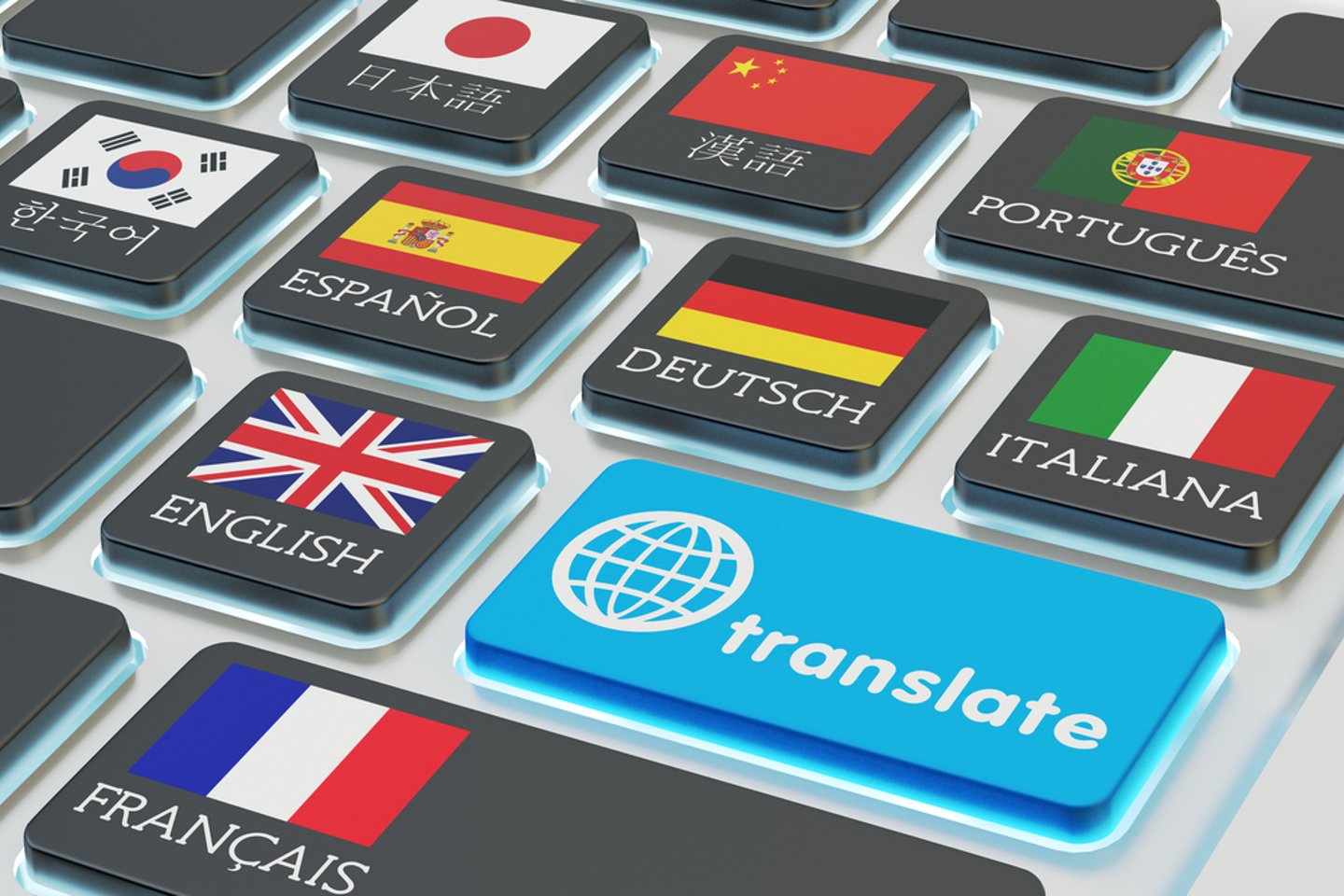In the highly competitive world of global hospitality, brands must go beyond offering luxurious accommodations or gourmet meals to attract and retain guests. It’s no longer enough to provide top-tier services—hotels, resorts, and hospitality businesses must create memorable and culturally relevant experiences for a diverse, global audience. This is where the power of creative translation comes into play. In particular, the hospitality industry, which thrives on personal connection and cultural understanding, must employ advanced creative translation techniques to communicate effectively with potential guests from around the world.
Unlike basic translation, which focuses solely on converting text from one language to another, advanced creative translation is about adapting marketing messages to resonate deeply with local audiences. Whether it’s a website, a social media campaign, or a promotional video, creative translation ensures that your message retains its emotional and cultural relevance. Now, let’s explore the most effective advanced creative translation techniques and how they can revolutionize global hospitality marketing.
1. Cultural Nuance: More Than Just Language
One of the most critical aspects of advanced creative translation is its ability to incorporate cultural nuance into the messaging. In global hospitality marketing, simply translating words isn’t enough. Different cultures have different values, priorities, and expectations when it comes to travel and accommodation. By adapting content to align with these cultural nuances, brands can ensure their message strikes the right emotional chord with their target audience.
For instance, a luxury resort may want to emphasize relaxation and indulgence in Western markets. However, in Eastern cultures where the concept of “luxury” is more closely tied to family and community, the messaging needs to reflect those values. Instead of promoting an individual escape, the resort might highlight communal spaces, family-friendly amenities, and cultural events.
IPPWORLD, a global creative translation agency, recognizes that true cultural understanding goes beyond literal translation. Their expertise in delivering tailored, culturally relevant marketing materials helps hospitality brands connect with diverse audiences in a way that feels authentic and compelling. This approach to advanced creative translation ensures that the essence of the brand remains intact while catering to the unique needs of each market.
2. Emotional Localization: Creating a Personal Connection
In hospitality, emotions drive decisions. Travellers often choose hotels, resorts, or destinations based on how the brand makes them feel, and the emotional tone of the message is a crucial factor in this decision-making process. However, emotional triggers differ significantly across cultures. What makes a European traveller feel excited and adventurous might evoke anxiety in an Asian market where safety and security are paramount.
This is where advanced creative translation steps in, focusing on emotional localization. Emotional localization means tailoring the emotional tone of the content to match the cultural sensibilities of the target audience. Instead of merely translating the words, advanced creative translators adjust the entire feel of the message, ensuring it evokes the intended emotional response.
For example, a boutique hotel promoting its unique, off-the-beaten-path experiences in North America may need to shift its focus when advertising in countries where stability and predictability are valued. The same adventurous messaging that works in one region may need to be softened and adjusted to emphasize safety, cultural immersion, or tailored guidance in another.
3. Multimedia Transcreation: Beyond Words
In today’s visually driven marketing landscape, it’s not just about the words—visual and multimedia elements are just as critical. This is especially true in hospitality, where imagery, video content, and even audio cues play a large role in creating a memorable brand experience. Advanced creative translation goes beyond text by incorporating multimedia transcreation, adapting not just the words but the entire marketing experience to suit the local culture.
Take, for example, a promotional video showcasing a resort’s stunning beachside location. The original video may focus on couples enjoying a romantic getaway. However, if this video is to be marketed in cultures where family vacations are more common, the visuals and script may need to be adapted. The original script might emphasize romance, while the transcreated version would focus more on family bonding. Likewise, certain colour schemes, background music, or imagery may need to be altered to align with the preferences of local audiences.
Multimedia transcreation is an essential part of advanced creative translation because it ensures that every element of the marketing material—from the images to the soundtracks to the words—creates the right impression for the audience it’s targeting.
4. SEO Localization: Boosting Visibility in Global Markets
Advanced creative translation is not just about making content relatable—it’s also about ensuring it’s findable. This is where SEO (Search Engine Optimization) localization comes into play. For hospitality brands, appearing on the first page of search results in different countries is critical to attracting global guests. However, the keywords and search terms used in one country may not have the same relevance or search volume in another.
SEO localization involves adapting not just the language but also the structure of digital content to align with local search behaviours. This includes researching the most effective local keywords, ensuring that the content is optimized for search engines in different regions, and adjusting the metadata and descriptions to suit local preferences.
For example, a hotel chain marketing to travellers in Spain may need to use completely different search terms than one targeting German tourists, even if both campaigns are advertising the same location. Advanced creative translation can help hospitality brands implement effective SEO localization strategies, ensuring that their content ranks highly in every market they target.
5. Brand Consistency Across Multiple Markets
One of the greatest challenges for global hospitality brands is maintaining consistency in messaging while tailoring content for local markets. Without consistency, the brand can appear fragmented, confusing potential customers who are used to seeing a unified identity. However, creating a one-size-fits-all message for global markets is equally problematic, as it risks alienating diverse audiences.
Advanced creative translation balances these two extremes by ensuring that the core elements of the brand message remain intact while adapting content for each market. This might involve retaining the same tagline but tweaking its phrasing to suit local language preferences or maintaining the same visual identity while adjusting colour palettes or iconography to better resonate with specific cultures.
By investing in advanced creative translation, hospitality brands can maintain a consistent voice and identity across multiple regions while still tailoring their messaging to suit local audiences. This builds trust and recognition in the global market, helping the brand to grow its international presence while ensuring it feels relatable to every traveller.
Conclusion
In the fast-paced and competitive world of global hospitality, the need to stand out in a crowded marketplace is more important than ever. Advanced creative translation offers a powerful solution, helping hospitality brands not just communicate with, but truly connect to, diverse audiences around the world.
By focusing on cultural nuance, emotional localization, multimedia transcreation, SEO localization, and brand consistency, advanced creative translation ensures that global hospitality marketing campaigns are effective, engaging, and culturally resonant. Whether you’re a luxury hotel looking to expand into new markets or a boutique brand aiming to attract international guests, investing in advanced creative translation techniques is a vital step toward global success.

